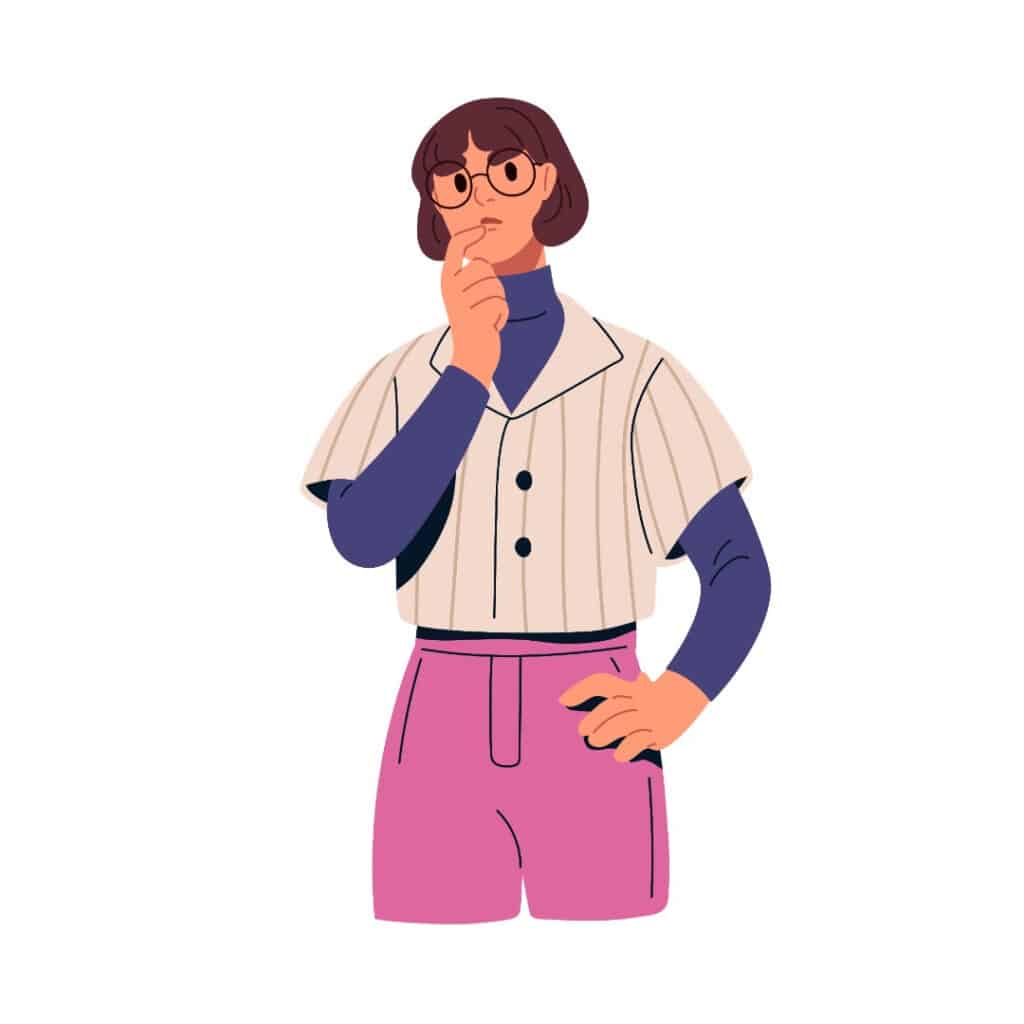Anorexia is a life-threatening eating disorder that not only takes a toll on your body, but also on your mental, emotional, and social well-being. Fortunately, there are research-supported treatment options to help you heal from your disorder.
In order to identify the best ways to support you, it is important to identify your specific eating disorder symptoms. Regardless of your type of anorexia, Toledo Center can walk alongside you in your journey to recovery. In this article, we will break down the symptoms of anorexia and the differences between each subtype of the disorder.
Common Anorexia Symptoms
While specific symptoms of anorexia may vary from person to person, there are always two commonalities with anyone suffering from this disorder. First, they will be obsessed with what they eat. Secondly, they will be focused on their body size or appearance.
Some specific signs of anorexia include:
- Noticeable weight changes
- Discomfort eating around others
- Dieting or excessive focus on limiting calories, carbohydrates, or fat
- Frequently skipping meals
- Excessive focus on their body size or weight
- Takes small portions at meals or eats small bites
- Regularly checking their appearance in the mirror
- Checking their weight multiple times per day
- Gastrointestinal issues, such as slowed digestion, nausea, or constipation
- Lightheadedness, dizziness, or fainting
- Brittle hair that may fall out easily
Types of Anorexia
Like with most other disorders, people suffering from anorexia nervosa may have some differing qualities than other people with the same struggle. Therefore, there are different subtypes of this disorder to help differentiate between some common variations.
There are two subtypes of anorexia. The first is the restricting type. With this form of the disorder, overall food intake is significantly restricted. No matter how much they lower their calorie intake, they still feel like they are eating too much. Someone with this type of anorexia does not engage in behaviors to “make up for” what they ate.1
The second type of anorexia is the binge-purge type. Someone suffering from this form of anorexia typically restricts their food intake significantly, just like the restricting type. Over time, it becomes increasingly difficult to maintain their restriction. The severe deprivation causes them to binge eat. The guilt and anxiety from eating then result in some kind of eating disorder behavior to compensate for what they ate. Someone with the binge-purge type of anorexia may disappear to the bathroom after meals or insist on exercising after they eat.1
Don’t worry too much about figuring out your subtype or whether you meet diagnostic criteria. Many people believe that they are not “sick enough” or “good enough” at their eating disorder to seek out support. If you’re considering getting help, then your relationship with food is hurting enough to pursue treatment.
Getting Help for Anorexia
Regardless of your type of anorexia, you deserve to experience peace with food. Here at Toledo Center, our compassionate team of eating disorder experts would be honored to walk with you on the healing journey to recovery. Give us a call at 419-885-8800 or fill out a contact form to get started today.
Resources

